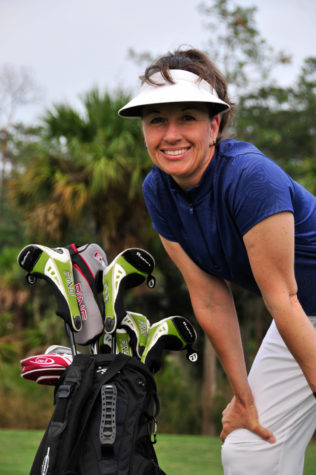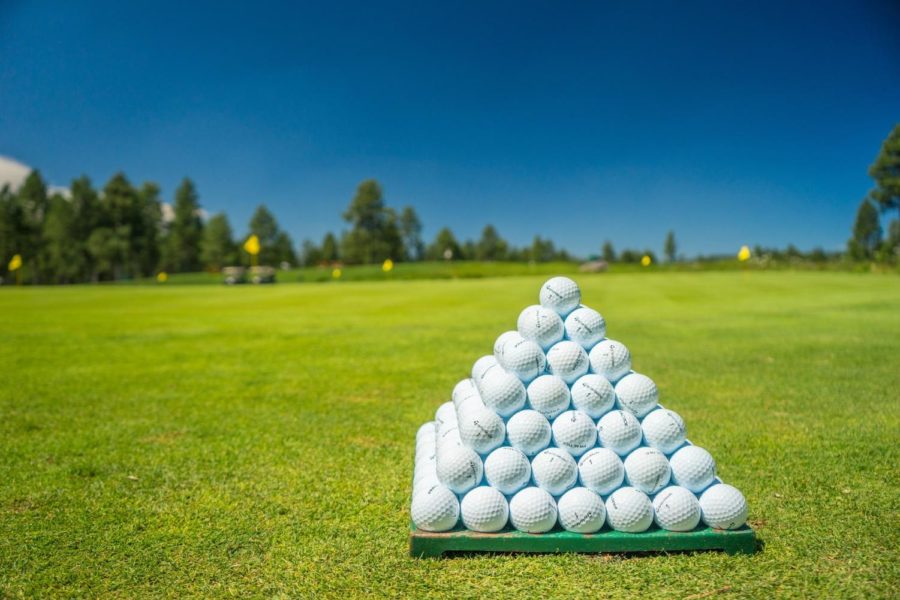Develop Effective Range Routines
May 1, 2023

I always encourage students to practice as much as they want to improve and progress. While golf is an extremely challenging game with no guarantees, there are research-proven ways to practice that can make your time spent during practice more valuable, fun and effective on the course. Industry buzzwords like repetitive (blocked, traditional) practice and transfer (random, scrimmaging) practice are important to bring it into reality.
After earning my bachelor’s degree in Psychology (Wake Forest University), my master’s degree in sport psychology (U. TN Knoxville) and learning from top performance coaches like Eric Alpenfels (Pinehurst Resort), Tim Kremer and Dr. Rick Jensen, I’m a big believer in not just WHAT one practices but HOW one practices.
A few important notes about golf practice that promote both effective and ineffective practice habits and routines…
1. Golf is played on a course but practiced most often in a completely different place, as compared to most sports such as tennis, basketball, baseball. Golfers tend to practice differently than they play. They don’t ‘scrimmage’ enough to simulate real play and test their skill in play situations with pressure, boundaries, pace of play, variability and other real-life situations. Train it then mix it up – does it hold up?
2. Most sports have a coach present to help a participant flow through various learning and transfer stages. Most amateur golfers are left to their own devices, advice from other amateurs, media tips and misdiagnosed lines such as “I lifted my head, I took my eye off the ball, I bent my arm.” Feedback is not concurrent (simultaneous) or in many cases, doesn’t accurately address the cause (only the symptom).
3. Warm-up and practice are two different situations. Warm-up is designed to get the body and mind ready to play and practice is designed for specific drills to affect change. Before play, sticking to warm-up can drastically reduce frustration by trying new ideas that haven’t been trained enough to hold up that same day, just not enough time for a motor skill to effectively take root. It also provides ample time for one to properly warm-up the first tool of everyone’s game, the body. The clubs will only move as well as the body moving them!
4. Golfers who block practice (repetitive hitting) do better in performance during practice but worse during play as compared to golfers who practiced randomly with transfer practice at the range (they did worse in performance during practice but better during play).
To get more out of practice, work on developing good range routines. When learning a new skill, spend 70% of time on blocked and 30% on transfer. 7/10 shots should be on a drill with rehearsal swings between. If just maintaining a skill, 30% blocked and 70% random.
If a person only has 30 minutes to practice, I suggest a 5-minute warm-up (cardio, stretching, hitting shots with the sole purpose of warming up the swing) and then 15 minutes of attention on the goal during shot-making and 10 minutes of attention on applying the goal during a specific, measurable drill or challenge game.
Here is a favorite activity for some great Range Routines that emphasize more transfer or play practice…
The Game of 3’s:
Hit 3 shots.
Hit 3 good shots.
Hit 3 good shots in a row.
Hit 3 good shots in a row to three different targets.
Hit 3 good shots in a row to three different targets with three different clubs.
Hit 3 good shots in a row to three different targets with three different clubs from three different lies.
Make your practice time count! Find a PGA or LPGA golf professional who is willing to not only be a teacher but also a coach. There are many quality instructors who are dedicated to helping you become a better player! For more information and golf tips, visit www.nicoleweller.com.










